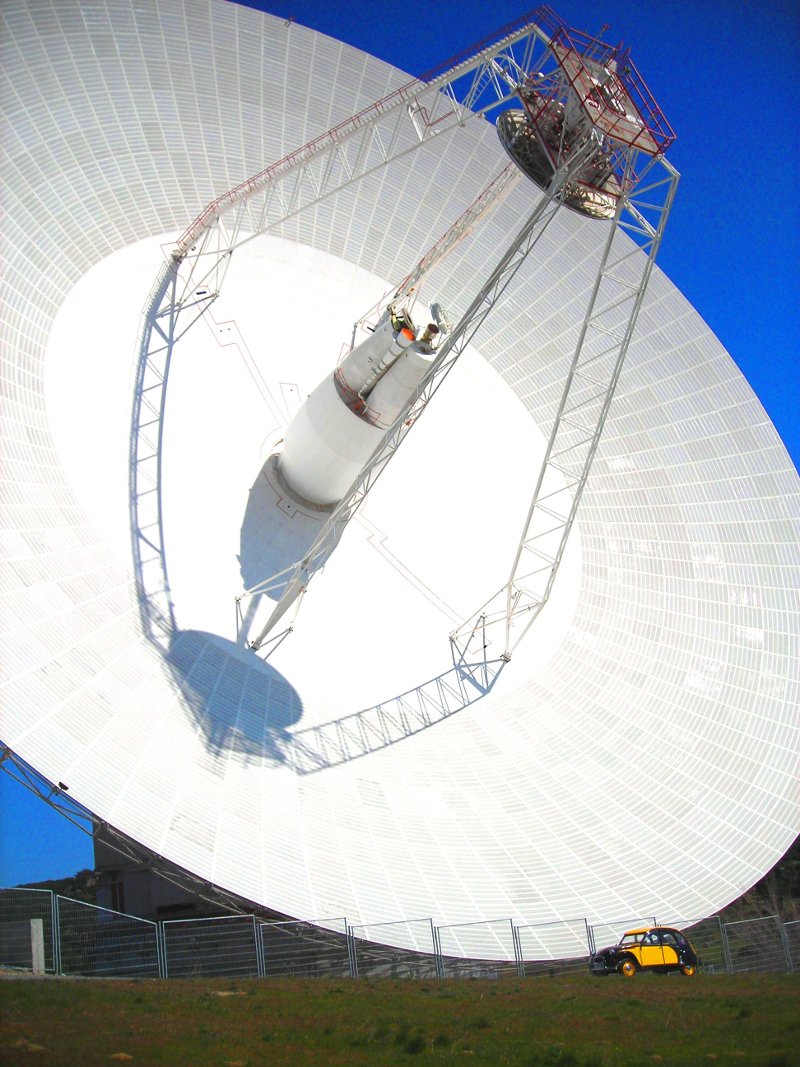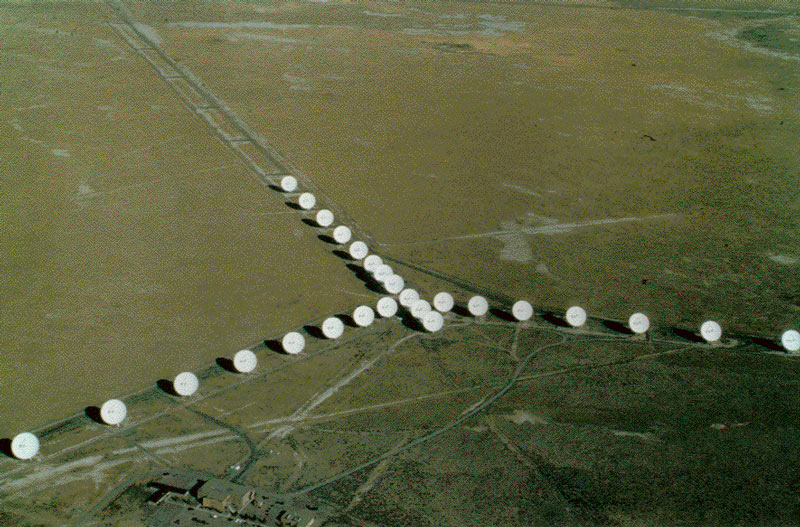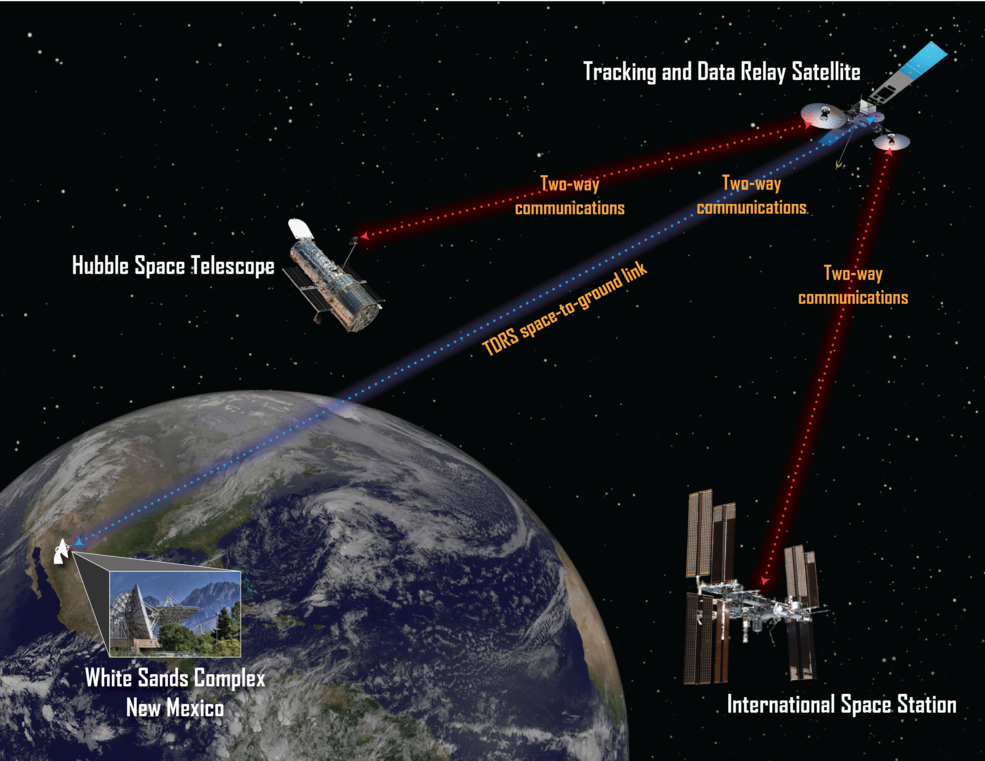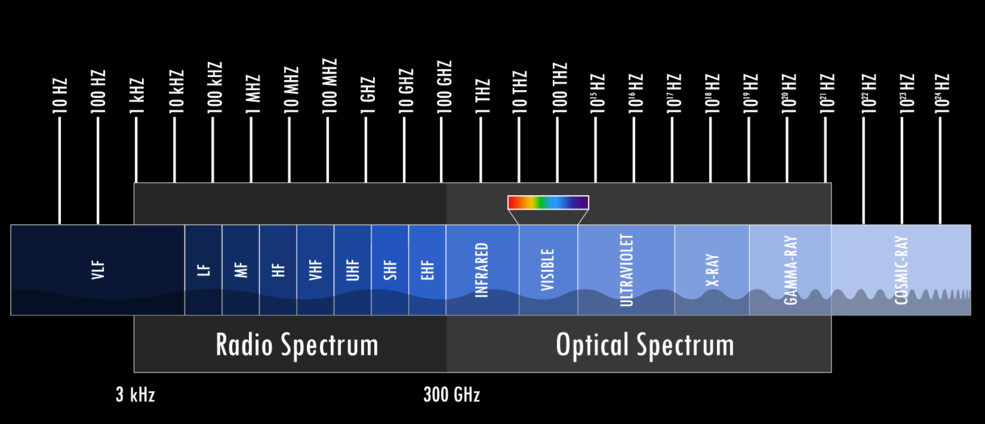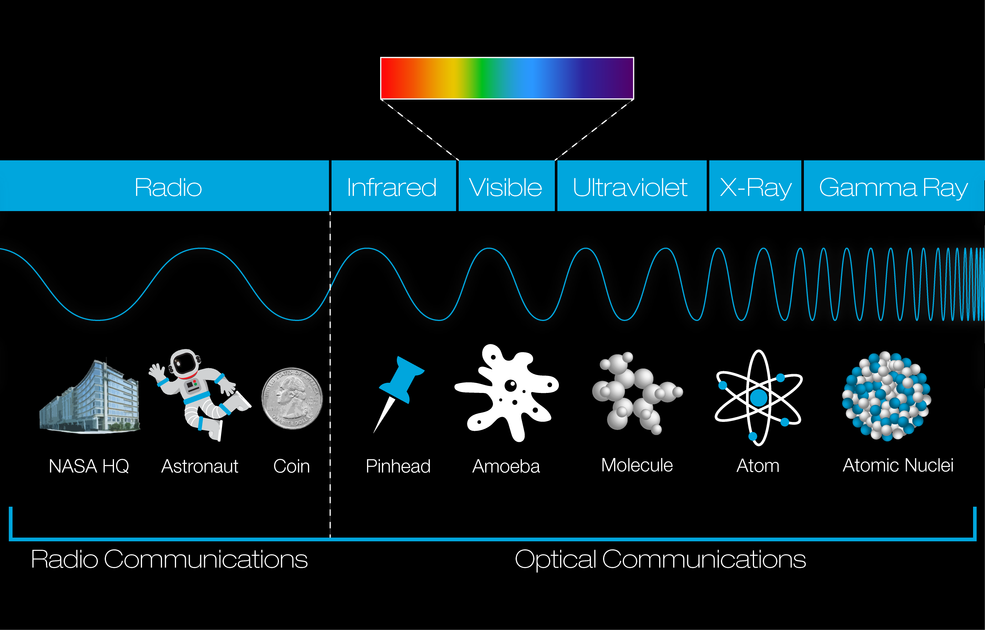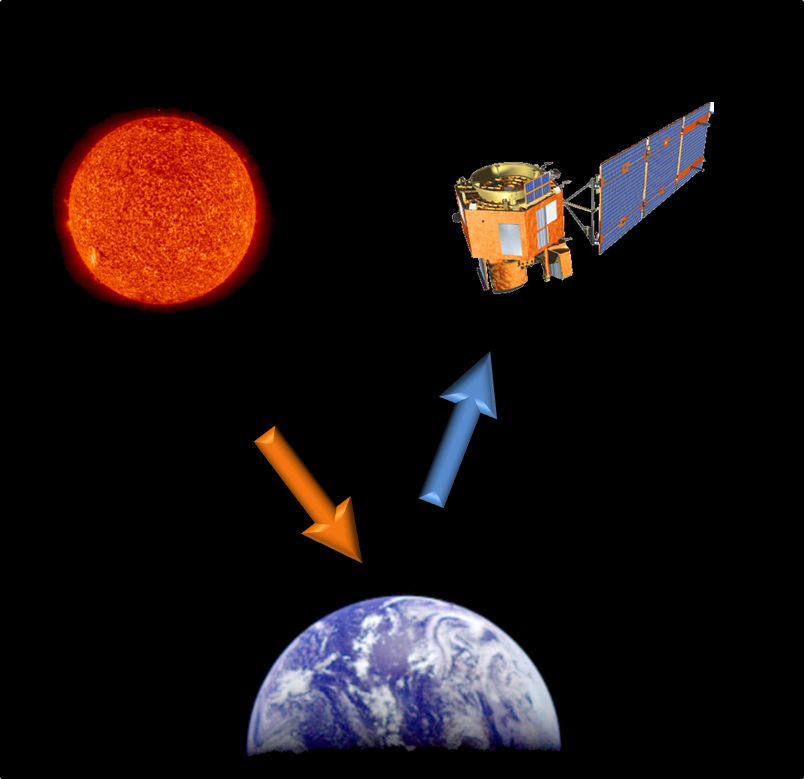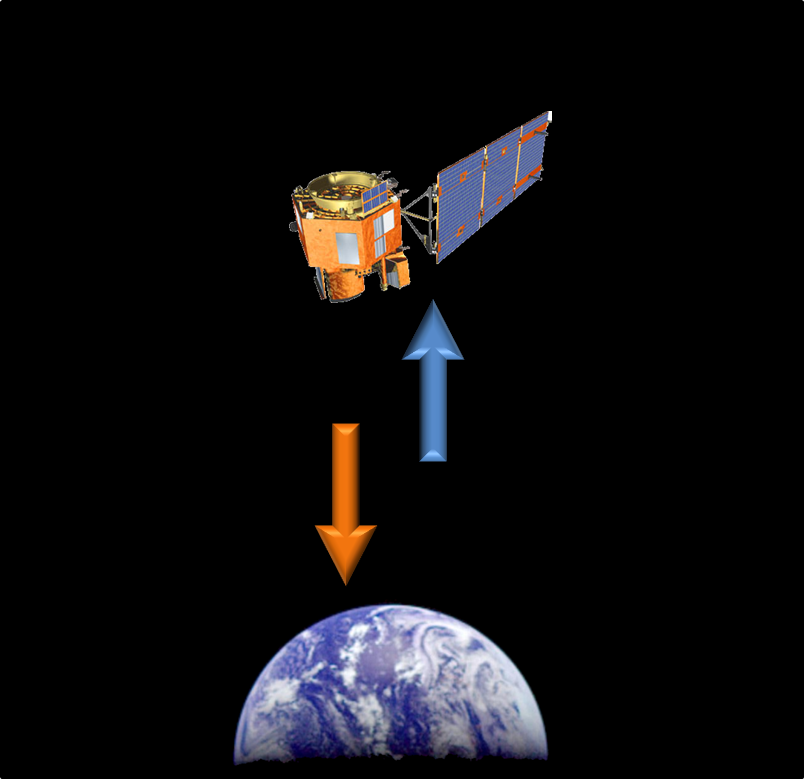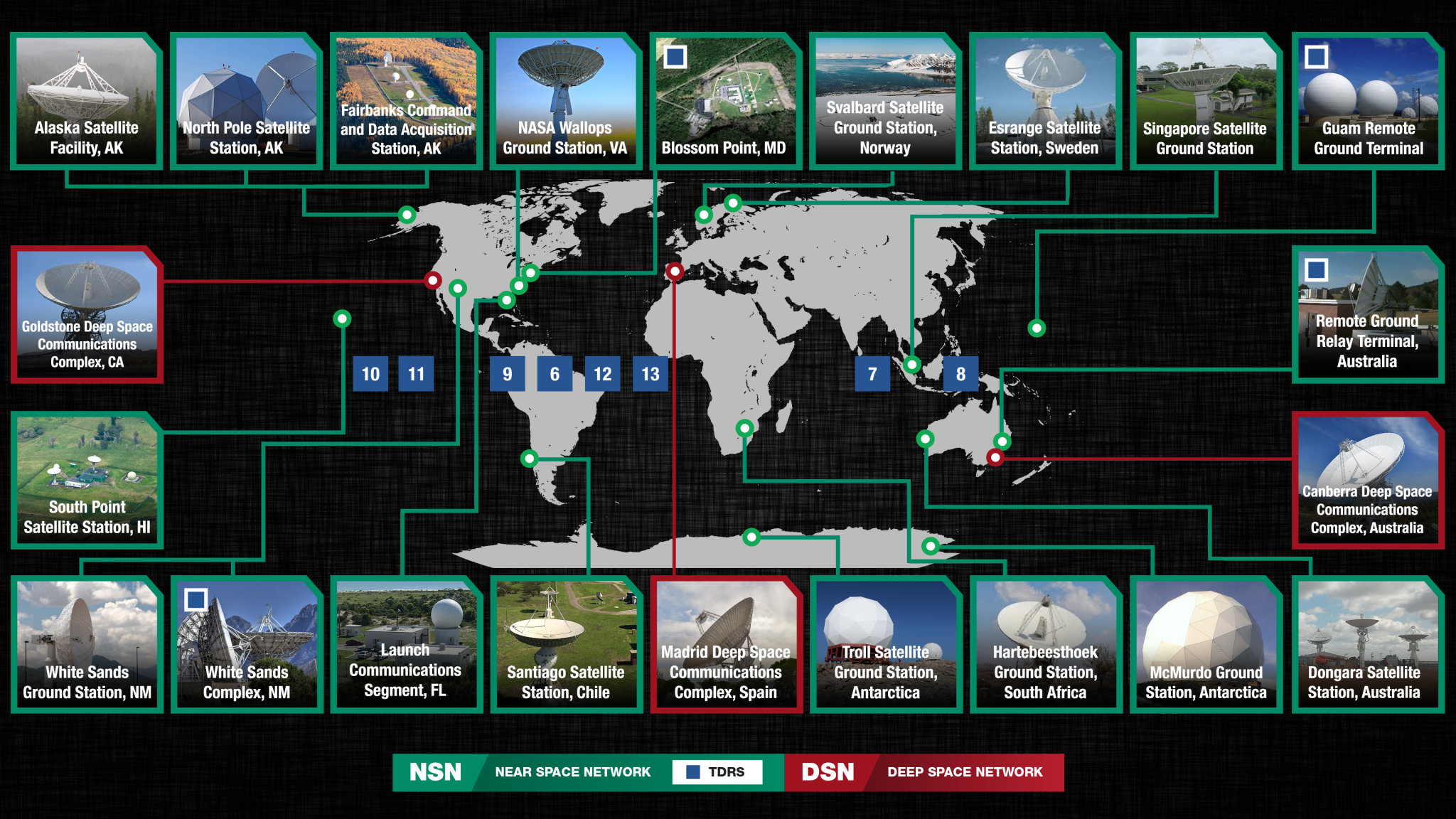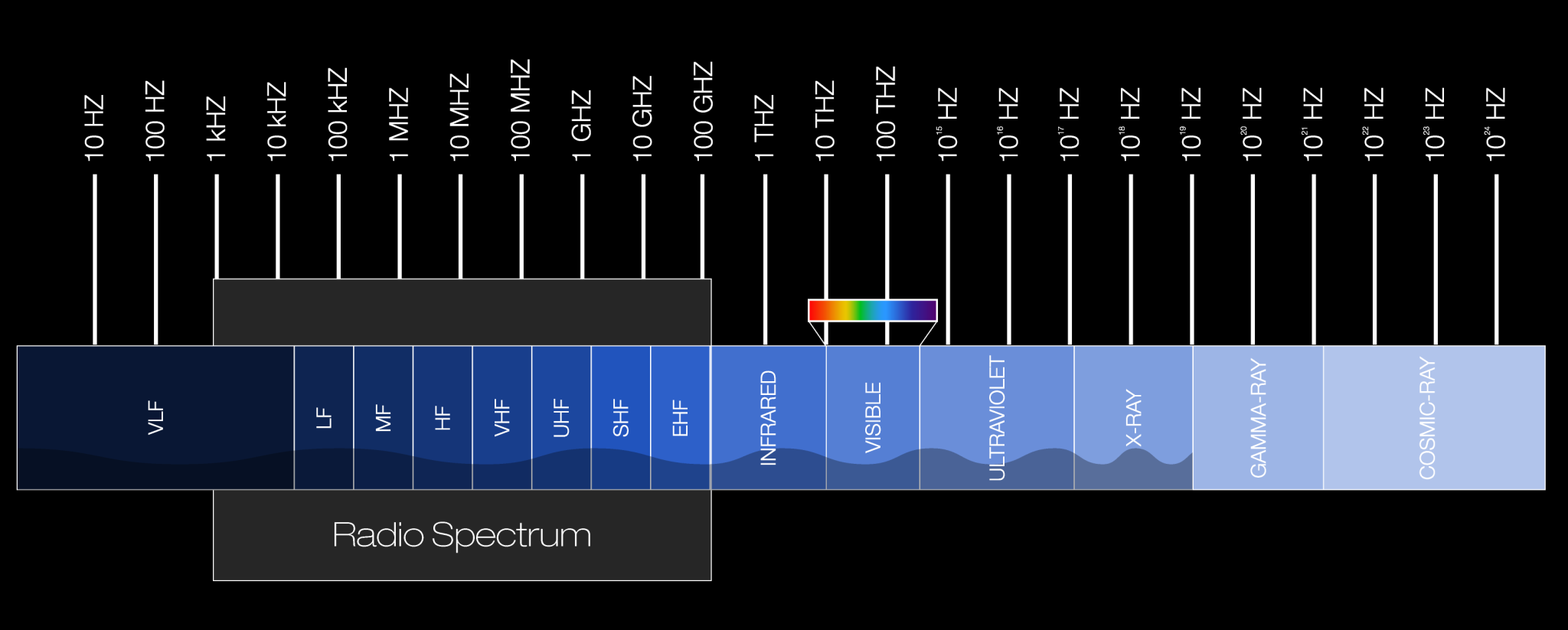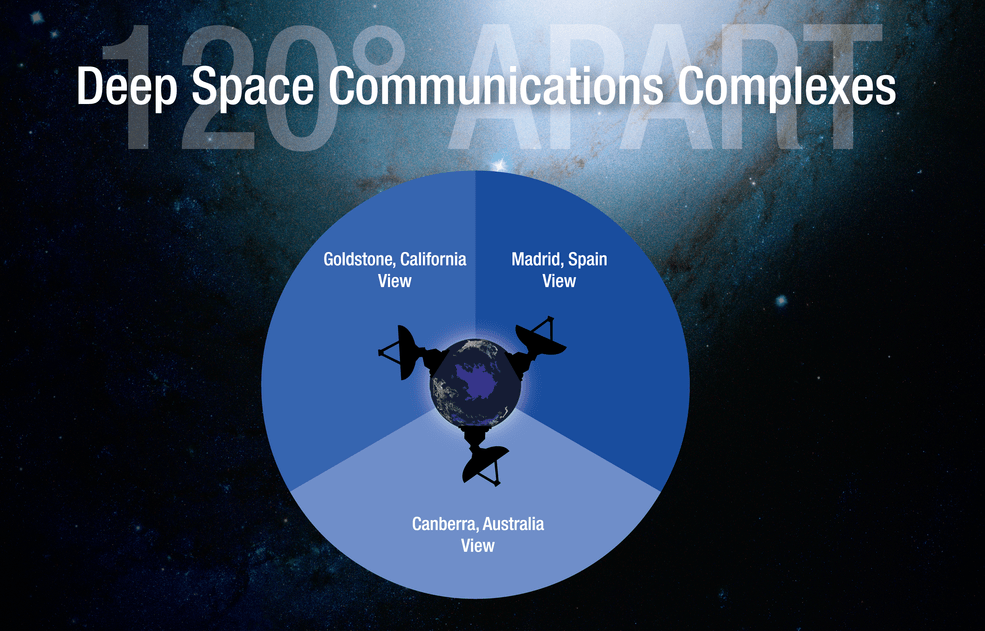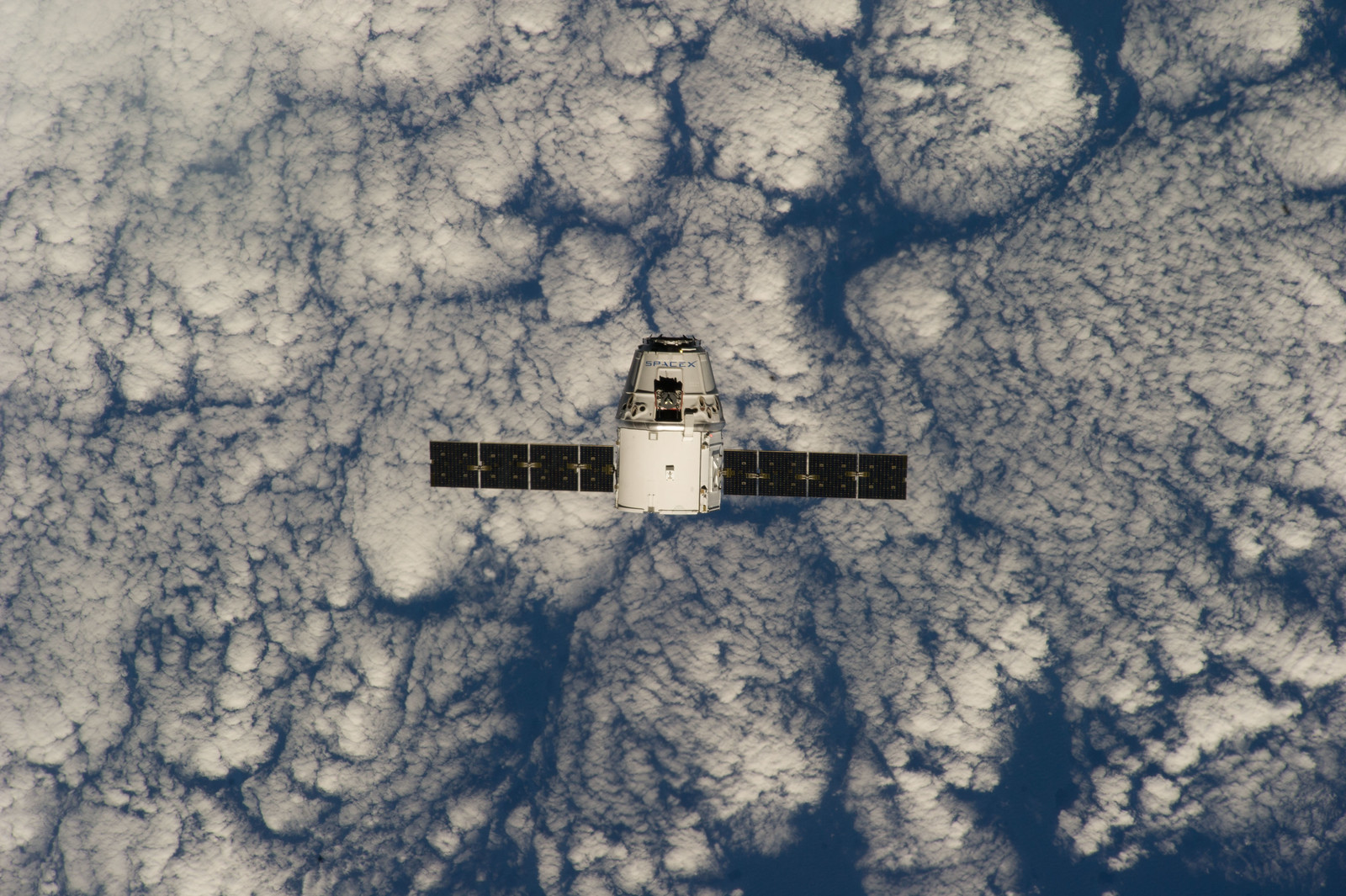Space Communications and Navigation
Fun Facts
Learn more about how NASA’s communication networks talk to over 100 missions! From radio waves to relay antennas, sensors to satellites, we’ve got you covered on space communications 101.
What is an antenna?
An antenna is a metallic structure that captures and/or transmits radio electromagnetic waves. Antennas come in all shapes and sizes from little ones that can be found on your roof to watch TV to really big ones that capture signals from satellites millions of miles away.
The antennas that SCaN uses are a special bowl shaped antenna that focuses signals at a single point called a parabolic antenna. The bowl shape is what allows the antennas to both capture and transmit electromagnetic waves. These antennas move horizontally (measured in hour angle/declination) and vertically (measured in azimuth/elevation) in order to capture and transmit the signal.
SCaN has over 65 antennas that help capture and transmit data to and from satellites in space.
Types of Antennas
High Efficiency (HEF)
Information from satellites comes in the form of an analog signal – a continuous wave of a radio signal on specific frequencies. That signal is captured in the bowl part of the antenna and then feeds into the sub-reflector of the antenna (the small part at the top) where that energy from that signal becomes focused and finally proceeds into the receiver. The information then travels to a computer where it is processed into binary code – a computer language of ones and zeros. That data then travels to another computer where it translates the information into pictures and/or information that we can read and see.
The HEF antenna is different from a Beam Waveguide (BWG) antenna in that it only transmits on specific frequencies in the antenna feeds. In order for the HEF to transmit on another frequency, a new antenna feed would need to be added. The feed is very difficult to access because it is very high up on the dish and requires other special equipment.
The HEF antennas are older than the BWG antennas and SCaN plans to phase them out by 2025.
Antenna Receiving Signals

Antenna Transmitting Signals

Components of an Antenna:
- Subreflector
- Primary reflector surface
- Primary reflector structure
- Quadripod support
- Bevation wheel and backup structure
- Master equatorial room
- Bevation bearing assembly
- Instrument tower
- Bevation drive assembly
- Upper elevation platform
- Lower elevation platform
- Alidade deck
- Alidade machinery and control rooms
- Alidade bilge
- Staircase
- Pedestal
Beam Waveguide (BWG)
Like the HEF, analog signals from satellites bounce off the dish and focus on the subreflector. Unlike the HEF, the BWG has a series of five mirrors which reflect the radio signals along the beam waveguide tube to the pedestal room below ground that houses the computer equipment where the signal is translated on the spot to information we can read and see.
The BWG allows for multiple frequencies to be transmitted and received by the turning of the mirror in the pedestal room. The antenna is much easier to maintain and access than the HEF and provides a variety of support to many different missions in space.
Beam Waveguide Antenna Design

B
Components of a Beam Waveguide Antenna:
- Shaped-Surface Subreflector
- 34 meter Shaped-Surface Reflector
- Beam Waveguide
- Azimuth Track
- Pedestal Room
- Geometric Foci: ƒ1, ƒ2, ƒ3
- Microwave Packages
What is a satellite?
A satellite is a body that orbits around another body in space. There are two different types of satellites – natural and man-made. Examples of natural satellites are the Earth and Moon. The Earth rotates around the Sun and the Moon rotates around the Earth. A man-made satellite is a machine that is launched into space and orbits around a body in space. Examples of man-made satellites include the Hubble Space Telescope and the International Space Station.
Human-made satellites come in many shapes and size and have different pieces of instruments on them to perform different functions while in space. Satellites are built by engineers and take months sometimes even years to build. The satellites have to endure many tests to make sure the satellite can withstand the launch and the harsh environment of space.
Satellites communicate by using radio waves to send signals to the antennas on the Earth. The antennas then capture those signals and process the information coming from those signals. Information can include scientific data (like images from space), the health of the satellite, and the location of the satellite in space.
NASA establishes missions for a specific purpose and the engineers develop a satellite to perform the necessary functions for that mission. Once the satellite is launched into space, SCaN provides the channel of communications for the data to go to and from the Earth and the satellite. These communications include commands to the spacecraft as well as the scientific data coming to Earth.
SCaN supports over 100 satellites including:
- Satellites that observe Earth: Aqua and Aura
- Satellites that observe the Sun and see the effect of solar winds on the Earth: Parker Solar Probe, Solar Dynamics Observer (SDO) and Solar Terrestrial Relations Observatory (STEREO)
- Satellites that observe the Moon and the planets: Lunar Reconnaissance Orbiter (LRO) and the Mars Reconnaissance Orbiter (MRO)
- Satellites that look at the origins of the universe: Hubble Space Telescope
What is an antenna array?
An antenna array is a group of identical, smaller antennas which combine their radio signals to produce a signal similar to that of a large antenna, like a 70 meter. Antenna arrays are more cost efficient to build and maintain because each antenna is smaller. NASA has been experimenting with antenna arrays since the 1980’s. A new antenna array project will be completed by 2025 when the 70 meter antennas are replaced.
What is a relay satellite?
Like in a relay race, where runners pass the baton to the next runner to run the next leg of the race, the Tracking and Data Relay Satellite (TDRS) works similarly with satellite’s information to transfer data between the ground and space.
Satellites in orbit cannot pass along their information to the ground stations on Earth if the satellite does not have a clear view of the ground station. Therefore, TDRS serves as a way to pass along the satellite’s information. 10 TDRS sit about 35,400 kilometers (22,000 miles) above the Earth and are able to forward information from a satellite until it reaches the appropriate ground station in view, to that TDRS at either White Sands, New Mexico or Guam Island. TDRS can also send information from the ground to the satellite to tell the satellite what to do (take a picture, turn a sensor or off, send stored data back or change its orbit). TDRS allows NASA to have global coverage of all the satellites-24 hours a day- without having to build extra ground stations on Earth.
What is the electromagnetic spectrum?
There are numerous ways frequency bands have been designated.
The International Telecommunications Union designates bands as listed in the table below
3 Hz-30 Hz
Wavelength: 10^8m-10^7m
Band: Extremely low frequency (ELF)
30 Hz-300 Hz
Wavelength: 10^7m-10^6m
Band: Super low frequency (SLF)
300 Hz-3 kHz
Wavelength: 10^6m-10^5m
Band: Ultra low frequency (ULF)
300 Hz-3 kHz
Wavelength: 10^6m-10^5m
Band: Ultra low frequency (ULF)
Institute of Electrical and Electronics Engineers (IEEE) Radar Band Designations
There are also other approaches to designating frequency bands. During World War II, certain radar bands were given code words so engineers could talk about them without divulging their actual frequency. They were deliberately non-sequential. After the war, the secrecy was lifted. The Institute of Electrical and Electronics Engineers (IEEE) has published a standard for the letter designation of radar-frequency bands. These codes are used by some engineers for radar, satellite, and terrestrial communications.
3-30 MHz
Wavelength: 100-10 m
Band: HF
30-300 MHz
Wavelength: 10–1 m
Band: VHF
300-1000 MHz
Wavelength: 100–30 cm
Band: ULF
1-2 GHz
Wavelength: 30–15 cm
Band: L
2-4 GHz
Wavelength: 30–15 cm
Band: S
4-8 GHz
Wavelength: 15–7.5 cm
Band: C
8-12 GHz
Wavelength: 7.5–3.75 cm
Band: X
12-18 GHz
Wavelength: 3.75–2.50 cm
Band: Ku
18-27 GHz
Wavelength: 1.67–1.11 cm
Band: K
27–40 GHz
Wavelength: 11.1–7.5 mm
Band: Ka
40-75 GHz
Wavelength: 7.5 mm-4 mm
Band: V
75-110 GHz
Wavelength: 4 mm-2.73 mm
Band: W
Bandwidth is the portion of the spectrum that a given telecommunications system can use. For example, a system that operates on frequencies between 150 and 200 MHz has a bandwidth of 50 megahertz.
An important distinction in spectrum technology is the difference between narrowband and broadband. Narrowband signals have a smaller bandwidth (kilohertz) and are used for limited services such as paging and low-speed data transmission. Broadband signals have a large bandwidth (megahertz) and can support many advanced telecommunications services such as high-speed data and video transmission. The precise dividing line between broadband and narrowband is not always clear, and changes as technology evolves.
How big are radio waves?
Radio waves range in length from very big like the size of a tall building to small like the size of a coin. Wavelengths that SCaN currently communicates with are between the size of a building and the size of a pinhead. The two bands that SCaN does not utilize are Gamma and Cosmic Rays, which are extremely small.
What are active and passive sensors?
Passive Sensors
A passive sensor is a microwave instrument designed to receive and to measure natural emissions produced by constituents of the Earth’s surface and its atmosphere. The power measured by passive sensors is a function of the surface composition, physical temperature, surface roughness, and other physical characteristics of the Earth. The frequency bands for passive sensor measurements are determined by fixed physical properties (molecular resonance) of the substance being measured. These frequencies do not change and information cannot be duplicated in other frequency bands.
Passive sensors are patterned after radio astronomy instruments, which detect emissions having very low power. They are particularly sensitive to accumulated radiation from a multitude of emitters on the ground, both from within the frequency band in which measurements are being made, and from out-of-band. Spaceborne passive sensors provide the ability to obtain all-weather, day and night, global observations of the Earth and its atmosphere. These spaceborne passive sensors operate in frequency bands allocated to the Earth Exploration-Satellite Service or to the Space Research Service.
Active Sensors
An active sensor is a radar instrument used for measuring signals transmitted by the sensor that were reflected, refracted or scattered by the Earth’s surface or its atmosphere. Spaceborne active sensors have a variety of applications related to meteorology and observation of the Earth’s surface and atmosphere. For example, precipitation radars measure the radar echo from rainfall to determine the rainfall rate over the Earth’s surface; and cloud profile radars measure the radar echo return from clouds to provide a three dimensional profile of cloud reflectivity over the Earth’s surface.
Spaceborne active sensors operate in the Earth Exploration-Satellite Service or in the Space Research Service. Active sensor frequency allocations are often shared with other radar systems, as such systems are normally compatible with the operation of the sensors.
How does NASA talk to its spacecraft?
NASA missions require highly reliable communications, sometimes over long periods of time and great distances. Deep space operations require high power transmitters and very sensitive receivers at Earth stations. Because many missions continue working for a number of years, and because there are usually a wide variety of missions on-going at the same time, there is a need to communicate with several spacecraft at any given time. In order to monitor mission progress from launch to completion and to obtain collected information, a global network of Earth stations is required.
To satisfy NASA’s communications needs, Space Communications and Navigation (SCaN) operates a sophisticated global radiocommunications infrastructure that can be grouped into two networks: the Deep Space Network and the Near Space Network.
Both SCaN networks utilize the terrestrial wide-area communication services provided by NASA Integrated Services Network (NISN). The NISN services used for data transfer between each of the networks and the customer’s mission operations centers underlie nearly all SCaN operations. In this way, NISN can be considered a third space communications and navigation infrastructure network since its` services are almost a prerequisite for using the two SCaN networks’ services. NISN services are provided through the customer’s agreements with SCaN or can be directly subscribed to by customer missions.
What are radio waves?
The basic building block of radio communications is a radio wave. Like waves on a pond, a radio wave is a series of repeating peaks and valleys. The entire pattern of a wave, before it repeats itself, is called a cycle. The wavelength is the distance a wave takes to complete one cycle. The number of cycles, or times that a wave repeats in a second, is called frequency. Frequency is measured in the unit hertz (Hz), referring to a number of cycles per second. One thousand hertz is referred to as a kilohertz (kHz), 1 million hertz as a megahertz (MHz), and 1 billion hertz as a gigahertz (GHz). The range of the radio spectrum is considered to be 3 kilohertz up to 300 gigahertz.
A radio wave is generated by a transmitter and then detected by a receiver. An antenna allows a radio transmitter to send energy into space and a receiver to pick up energy from space. Transmitters and receivers are typically designed to operate over a limited range of frequencies.
How do the DSN antennas work?
The three Deep Space Network sites are approximately 120 degrees apart on Earth (120 + 120 + 120 = 360 degrees in a circle) so that as the Earth rotates, at least one station is able to capture and transmit signals to any deep space mission without any gaps in coverage.




























